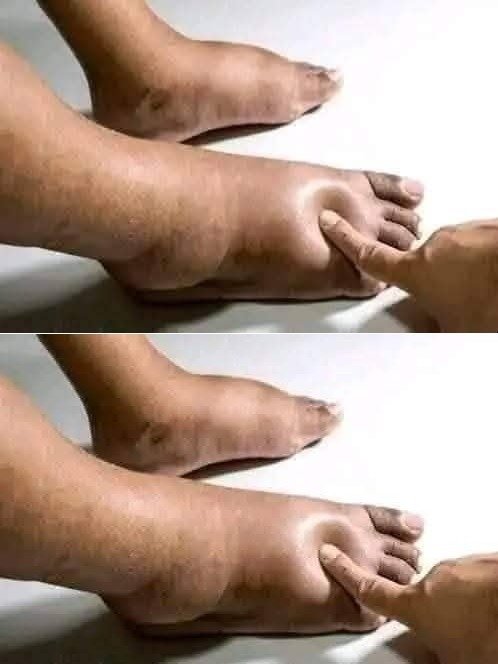Pineapple is often suggested as a natural remedy for various health concerns due to its anti-inflammatory properties, particularly because it contains an enzyme called bromelain. While there is no direct scientific evidence that pineapple can specifically target swollen feet, bromelain may help reduce inflammation and improve circulation, which could potentially help with swelling in the feet or other parts of the body.
How Pineapple Might Help with Swollen Feet:
- Bromelain: Bromelain is a mixture of enzymes found in pineapples, especially in the core. It’s known for its ability to reduce inflammation and swelling in the body, which is why it is often used in treating conditions like arthritis or injury-related inflammation.
- Natural Diuretic Properties: Pineapple is also a good source of water, which can help promote hydration and flush excess sodium from the body, potentially aiding in reducing water retention. Dehydration can sometimes contribute to swelling, so staying hydrated with foods like pineapple could help.
- Rich in Potassium: Pineapple contains potassium, which is important for balancing fluids in the body and preventing water retention, a common cause of swelling.
- Anti-inflammatory Effects: Regular consumption of pineapple may help reduce general inflammation, especially when combined with other anti-inflammatory foods in your diet.
How to Use Pineapple for Swollen Feet:
- Eat Fresh Pineapple: Incorporate fresh pineapple into your diet by eating slices of pineapple, blending it into smoothies, or adding it to fruit salads. Aim for a daily serving to potentially benefit from its anti-inflammatory effects.
- Pineapple Juice: Drinking fresh pineapple juice can also provide you with the enzymes and antioxidants that help reduce inflammation. Make sure to choose 100% pure pineapple juice without added sugar for the best effects.
- Pineapple Foot Soak (Topical Use):
- DIY Pineapple Foot Soak: While there’s limited research on this, you can try making a foot soak using pineapple. To do this, blend pineapple pieces (with the skin removed) and mix them with warm water. Soak your feet for 15-20 minutes. The enzymes in the pineapple may provide a mild exfoliating and soothing effect on the skin, though it’s not a guaranteed solution for swelling.
Caution: If you have sensitive skin, be cautious about using pineapple topically as the acids and enzymes may cause irritation. Test a small area of skin first to see how it reacts.
Other Ways to Address Swollen Feet:
While pineapple can help reduce mild inflammation, you can combine it with other methods for reducing swelling in the feet:
- Elevate your feet: Lifting your feet above heart level can help reduce fluid buildup.
- Stay hydrated: Drink plenty of water throughout the day to help reduce water retention.
- Massage: Gently massaging your feet and ankles can promote circulation and help alleviate swelling.
- Compression socks: Wearing compression socks can also help reduce swelling by improving circulation.
- Reduce sodium intake: Excess salt can cause water retention, which contributes to swelling. Cutting back on processed foods high in sodium may help.
When to See a Doctor:
Swollen feet can sometimes be a sign of a more serious condition, such as heart, kidney, or liver problems, blood clots, or infections. If your swollen feet are persistent, painful, or accompanied by other symptoms like redness, heat, or difficulty breathing, it’s important to consult with a healthcare provider for a proper diagnosis and treatment plan.
In summary, while pineapple may help with reducing mild inflammation and promoting hydration, it should be part of a broader approach to managing swollen feet. A combination of proper diet, hydration, movement, and rest will likely be the most effective way to reduce swelling.
